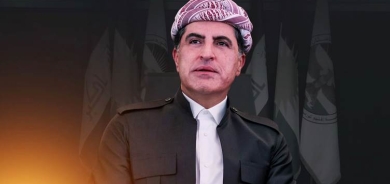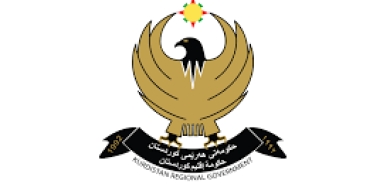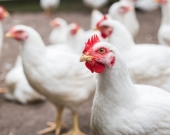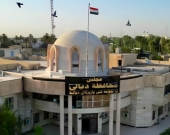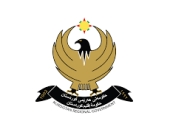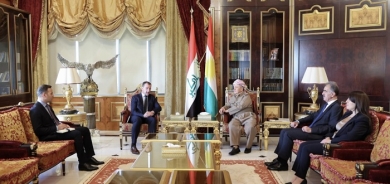A doctor’s struggle on Kobane’s frontlines
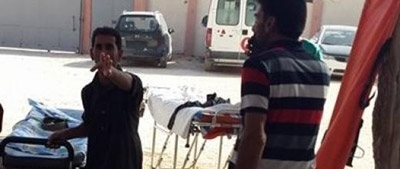
Since September 16, the day the jihadists attacked the Kurdish enclave near Syria’s border with Turkey, nearly 600 people have died, most of them combatants, according to the Syrian Observatory for Human Rights. At least 300,000 of Kobane’s residents have fled the town; more than 200,000 of them have found refuge in Turkey.
Several sources indicate that the IS fighters have taken hold of about 50 percent of Kobane. The Kurds still hold the western neighbourhoods, one neighbourhood in the north and part of the city’s centre.
“We move the field hospital every week”
Mohamed Arif is a doctor who worked in a hospital in a part of Kobane that is now under IS control. He volunteered to treat wounded Kurds at a makeshift field hospital.
We work in very difficult conditions, because we are quite close to the fighting. We set up the field hospital in a house so that the jihadists don’t find it. About once a week, we move to another house to avoid being detected. Whenever I post photos of our work [on Facebook], I make sure that they don’t show the outside of the house, to prevent anyone from recognising it.
About 5,000 civilians have chosen to stay in Kobane despite the fighting. They stay locked up in their basements and only venture out to find food or to come here, to the field hospital, for medical help.
Before the fighting started, we took drugs from Kobane’s hospital and hid them in a safe place. We’re now working with those supplies. Our equipment is rudimentary. We don’t have a blood bank. On Tuesday, a wounded fighter came in; he was bleeding heavily and urgently needed a transfusion. I was the only one of the staff that had the same blood type as him, O+. So I gave him a transfusion directly from my arm. He was very lucky; if not for this, he would probably be dead now.
Our team is small; there are less than 10 of us on staff. We can’t keep many patients here, since there are only three rooms with two beds each. Sometimes we only treat four or five wounded people in a day. But other days, we’re completely overwhelmed. There are times when more than 20 injured fighters arrive at the same time, for example if a group of them was hit by a shell. Just on Tuesday, eight arrived within the span of 15 minutes, three of them in critical condition.
We don’t have the means to do complicated procedures. In order to keep things running, we never keep anyone at the field hospital for more than 12 hours. People who are lightly wounded leave the hospital quickly, and come back later for a follow-up or to get their bandages changed. Those wounded severely are evacuated to hospitals in Turkey. The authorities allow wounded Kurdish fighters in for treatment, but they often make them wait a day at the border. This wait can prove fatal.
“Civilians who come to the hospital ask us for food”
During the first days of the fighting, the Turkish authorities allowed non-profit organisations, like the Turkish Red Crescent, to go to Kobane and help treat the wounded. But since the first week of October, they’ve clamped down on the border. We no longer get any humanitarian aid, except from one Kurdish non-profit that managed to bring in some food and distributed it to civilians earlier this week.
However, this is far from sufficient. Civilians who come to the hospital tell us they don’t have anything to eat, and often ask us for food. We give them what we can – some bread, and canned goods. There’s a shortage of milk for the children. The Turkish authorities must reopen the door to allow humanitarian organisations to reach Kobane, or else we won’t be able to survive very long.
France24





